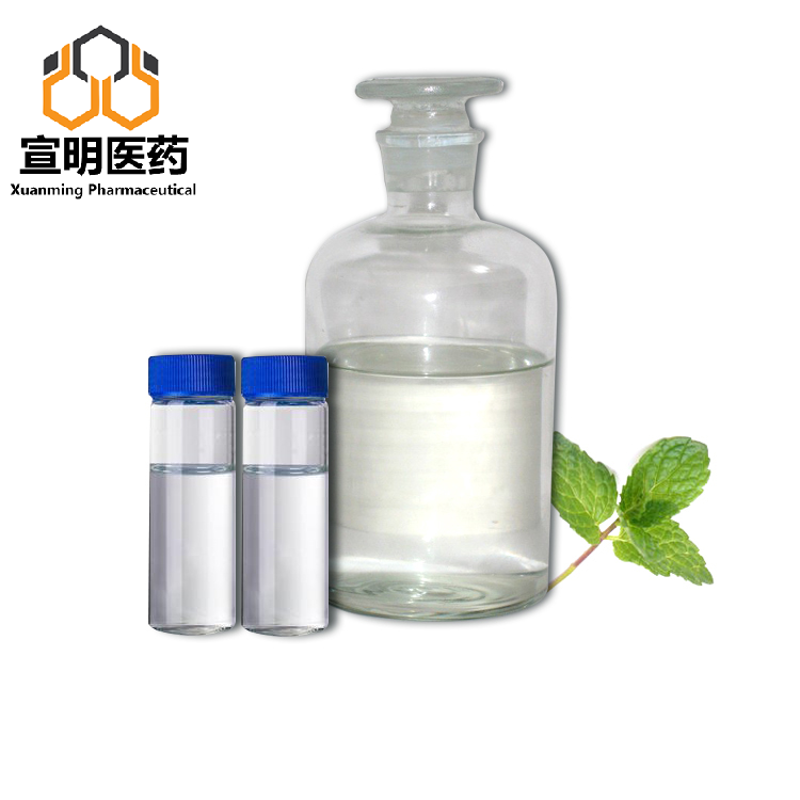Glycogen accumulation and phase separation inhibit the Hippo signaling pathway to drive the occurrence and development of liver tumors
Glycogen accumulation and phase separation inhibit the Hippo signaling pathway to drive the occurrence and development of liver tumors
On October 21st, Professor Zhou Dawang and Chen Lanfen’s group from the State Key Laboratory of Cell Stress Biology and the School of Life Sciences of Xiamen University jointly published a paper titled "Glycogen Accumulation and Phase Separation Drive Hepatic Tumor Initiation" on "Cell".
In order to explore the mechanism of glycogen accumulation in the tumor initiation, the research team used microdissection technology combined with RNA-Seq sequencing to compare and analyze the early tumor lesion tissue and adjacent normal tissues, and found that glycogenolytic enzyme G6PC (glucose-6- Phosphatase) expression in cancerous lesions decreased significantly, which may be an important factor in the accumulation of glycogen in early cancer lesions
This work further explains that the accumulated sugar phase separation causes the inactivation of the important tumor suppressor Hippo signaling pathway and activates the downstream proto-oncoprotein YAP, thereby driving the initiation of tumors
This work found that early liver tumor cells use the extracted glucose to synthesize glycogen as energy storage, and inhibit the activity of the Hippo signaling pathway through liquid-liquid separation, thereby driving the occurrence and development of tumors
Related paper information: https://doi.
Related paper information: https://doi.
org/10.
1016/j.
cell.
2021.
10.
001 https://doi.
org/10.
1016/j.
cell.
2021.
10.
001
This article is an English version of an article which is originally in the Chinese language on echemi.com and is provided for information purposes only.
This website makes no representation or warranty of any kind, either expressed or implied, as to the accuracy, completeness ownership or reliability of
the article or any translations thereof. If you have any concerns or complaints relating to the article, please send an email, providing a detailed
description of the concern or complaint, to
service@echemi.com. A staff member will contact you within 5 working days. Once verified, infringing content
will be removed immediately.







